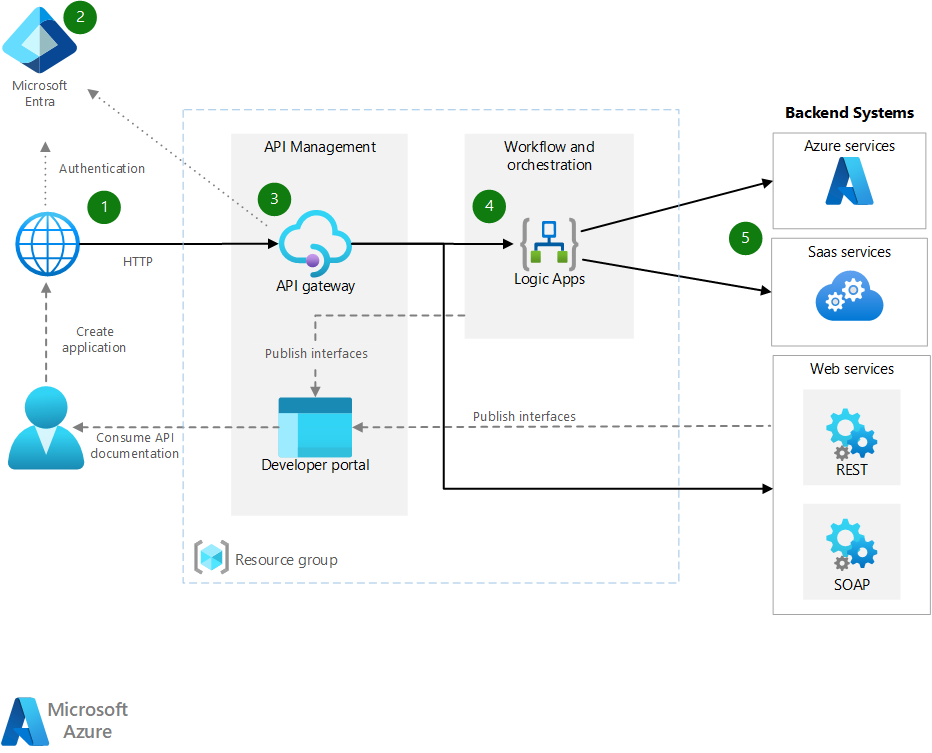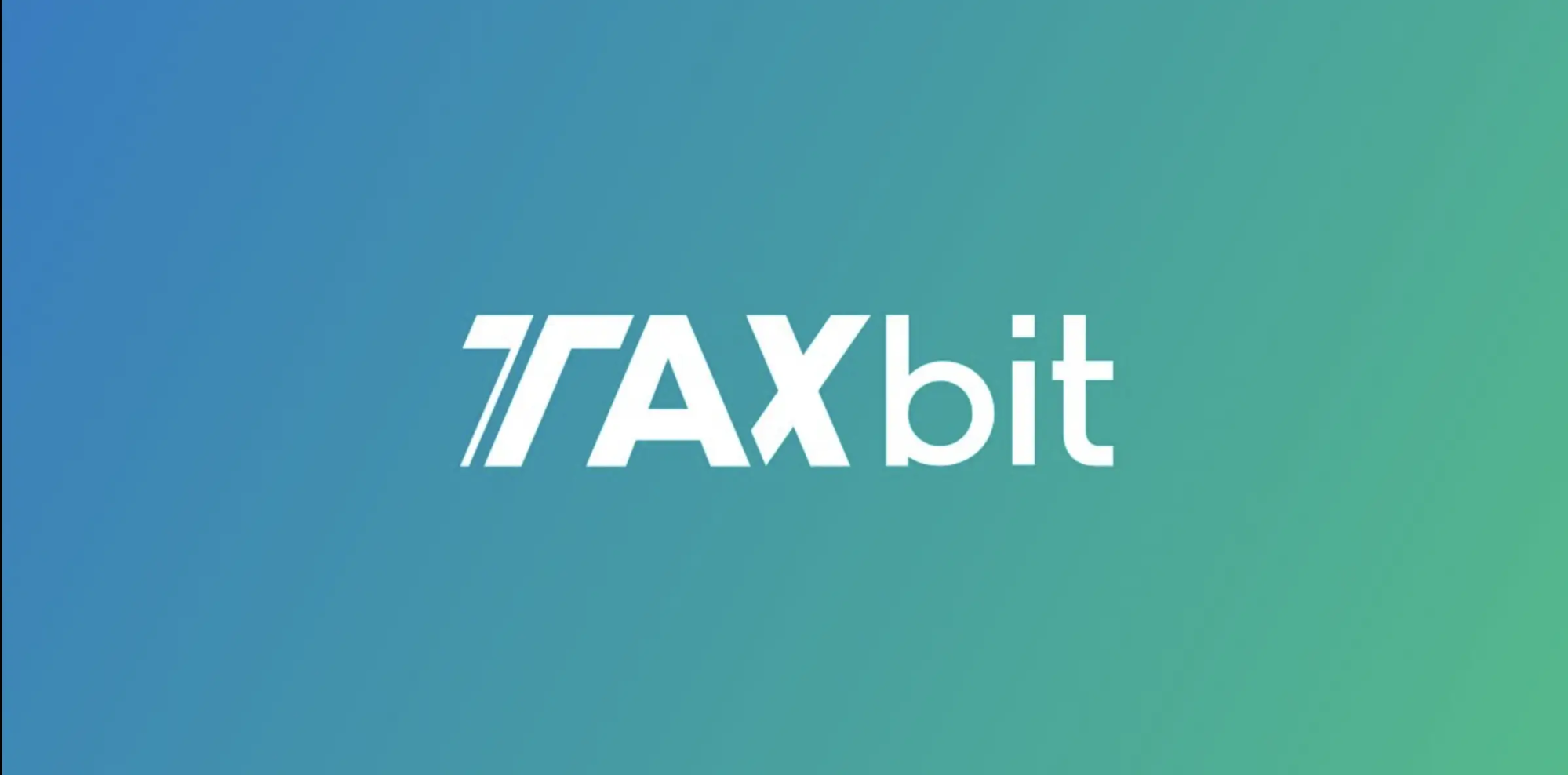
TaxBit API is what happens when crypto tax compliance gets so fucked that you need enterprise-grade tooling just to survive. As of August 2025, TaxBit only serves enterprise customers after dumping consumer users in September 2023 - because apparently retail crypto users don't have enterprise-level budgets for tax APIs.
The platform now focuses exclusively on enterprise tax solutions for institutional clients who need API-powered compliance platforms that can handle millions of transactions daily. This shift happened because consumer crypto tax tools weren't profitable enough compared to enterprise contracts worth hundreds of thousands annually.
Reality check: TaxBit's API is the backend that powers their enterprise tax nightmare. If you're building crypto infrastructure and need to stay compliant without building your own tax engine, this is probably your only sane option.
Core API Components
Tax Documentation API: Collects W-9/W-8 forms from your users so the IRS doesn't come knocking. The Tax Documentation API is officially deprecated but they still support it because telling enterprise customers to rebuild their integrations is a great way to lose million-dollar contracts. The new React SDK approach is their preferred method, with integration guides that actually make sense.
Information Reporting API: Spits out the 1099s and other IRS paperwork that keep you out of federal prison. High-volume processing means it won't die when you need to generate 50,000 tax forms before deadline. Also handles the new Form 1099-DA that became mandatory in January 2025 - because crypto tax rules change faster than JavaScript frameworks. The 2025 tax compliance changes include digital asset reporting requirements that exchanges must implement by tax season.
Inventory and Gains API: Calculates cost basis and capital gains so your users don't have to do spreadsheet math. Supports FIFO, LIFO, HIFO, and other accounting methods that sound like Star Wars droids but actually matter for tax compliance.
Webhook Integration: Pings your server when shit finishes processing because nobody wants to poll APIs all day. Uses standard webhook patterns with retry logic so you don't miss notifications when your server inevitably crashes during tax season.
API Architecture and Design
TaxBit uses standard REST APIs with JSON, because apparently even enterprise tax software follows normal web standards. You can test everything in their Postman workspace before building your own integration. OAuth 2.0 authentication with client credentials that you get from your "implementation manager" - which is enterprise speak for "the person who takes 3 weeks to respond to emails."
Auth happens at /oauth/token with the usual client_id/client_secret dance. Bearer tokens expire after whatever timeline your contract negotiated, so build token refresh into your integration or you'll get 401 errors at the worst possible moments.
The API supports standard HTTP methods:
- GET for retrieving existing records
- POST for creating new records and some updates
- PUT for updating existing records
- DELETE for removing records
Enterprise Focus and Capabilities
TaxBit only cares about enterprise customers now - brokers, exchanges, payment processors, and the institutional players who actually generate revenue. If you're not processing millions in crypto volume, they don't want to hear from you. Their enterprise accounting suite integrates with existing ERP systems to handle complex multi-entity structures.
Here's what their API handles (when it works):
- US IRS reporting - All those 1099s that keep you compliant
- EU DAC7/MRDP - European marketplace nightmare requirements
- OECD CARF - The new crypto reporting framework that changed three times during implementation
- CESOP payments - Because Europe loves tracking everything
The API supposedly handles 2025 regulatory changes automatically, but I learned the hard way that "automatic" still requires manual configuration updates when the IRS changes their mind about Form 1099-DA requirements in November 2024.

High-Volume Processing: Claims to handle millions of transactions daily, and mostly delivers. The validation catches obvious shit like negative transaction amounts, but good luck debugging when DeFi protocols send malformed transaction data and the error messages are useless.
Multi-Jurisdiction Support: Currency conversions work fine until you hit edge cases like stablecoins pegged to non-USD currencies. Then you get to debug why EURT transactions are being converted through USD instead of directly to EUR, creating tiny rounding errors that compound across thousands of trades.
Integration Approach
TaxBit gives you three ways to suffer through their integration:
Direct REST API: Build everything yourself using their HTTP endpoints. This gives you maximum control and maximum opportunities to fuck something up. Good if you have a backend team that likes pain.
React SDK Components: Pre-built forms for W-9/W-8 collection that actually work pretty well. The React SDK v2.1 BETA saves weeks of development time, though the styling customization options are limited.
Webhook Processing: They'll ping your server when calculations finish. The retry logic works fine, but make sure your endpoint can handle duplicate webhooks because their system sometimes gets trigger-happy during high load periods.
Pro tip: Start with the React SDK for forms and direct API calls for everything else. The hybrid approach saves time and gives you control where you need it.


